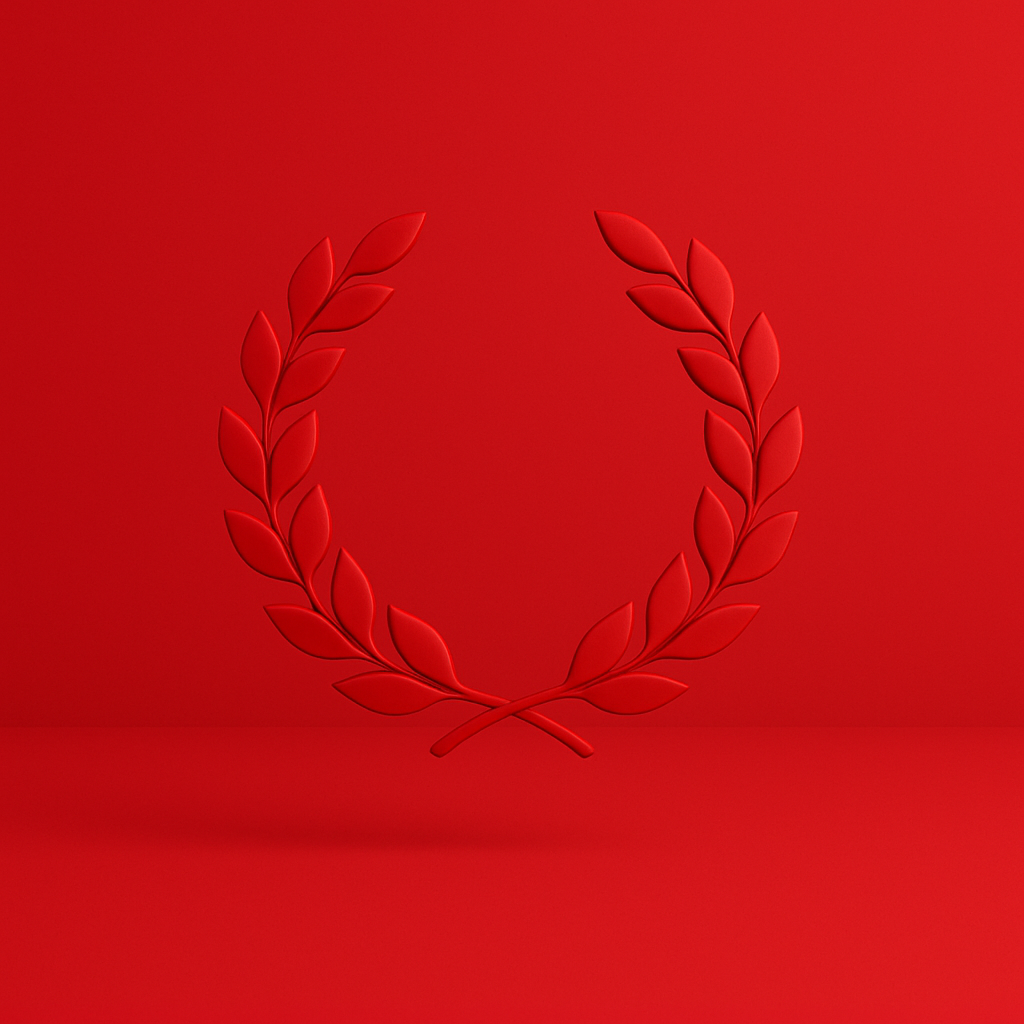
How sustainable companies are and how deeply sustainability can be embedded into core business operations are questions of increasing prominence. Numerous rankings and ratings now exist to measure and evaluate businesses based on so-called non-financial indicators. Many of these assessments are targeted directly at investors, which often means their results remain unnoticed by the wider public. Nevertheless, few business magazines today do not publish at least one sustainability ranking, often capitalizing on the marketing benefits associated with such awards. Listed companies can purchase ranking logos to demonstrate strong performance for promotional purposes.
The "Most Sustainably Managed Companies" Ranking
The Wall Street Journal's (WSJ) "Most Sustainably Managed Companies" ranking, launched in October 2020, lists the top 100 sustainably managed companies globally, emphasizing long-term shareholder value. This ranking is particularly notable for several reasons:
- It is published quarterly, significantly more frequently than many similar rankings. This frequency is possible because the WSJ, as part of the Dow Jones Group, leverages extensive media coverage data through the monitoring tool "Factiva."
- The media analysis data is combined with systematic ESG data provided by the Germany-based analytics firm Arabesque S-Ray. Arabesque S-Ray is a global data provider specializing in collecting and analyzing big data on environmental, social, and governance (ESG) factors to quantify sustainability. Through the integration of media analysis and ESG data, companies such as Wacker Chemie, which otherwise rarely appear in major ESG rankings, are featured in this ranking.
How is Sustainability Measured?
The WSJ ranking employs a scoring model that analyzes media coverage alongside up to 165 publicly accessible ESG indicators from approximately 5,500 publicly traded companies. ESG programs, policies, and quantitative data are collected and evaluated according to the Sustainability Accounting Standards Board (SASB) framework. SASB, a U.S.-based non-profit organization, defines material, non-financial ESG topics across approximately 80 industries and 26 ESG categories.
Partnerships similar to that between WSJ and Arabesque S-Ray are common practice. Major strategy consultancies like the Boston Consulting Group also frequently produce rankings for marketing purposes. Arabesque S-Ray, however, distinguishes itself by positioning itself as a raw data provider without a predetermined evaluation framework, actively encouraging clients to develop their own ESG benchmarks. This "Raw Data Provider" model is increasingly common in the ESG ranking landscape, with providers such as Institutional Shareholder Services Inc. (ISS) and Statista active in this area. Statista also produces rankings beyond sustainability, such as employer attractiveness and diversity & inclusion.
In the future, the ranking landscape is expected to expand significantly through similar collaborations, with providers like Arabesque S-Ray becoming increasingly prominent.




